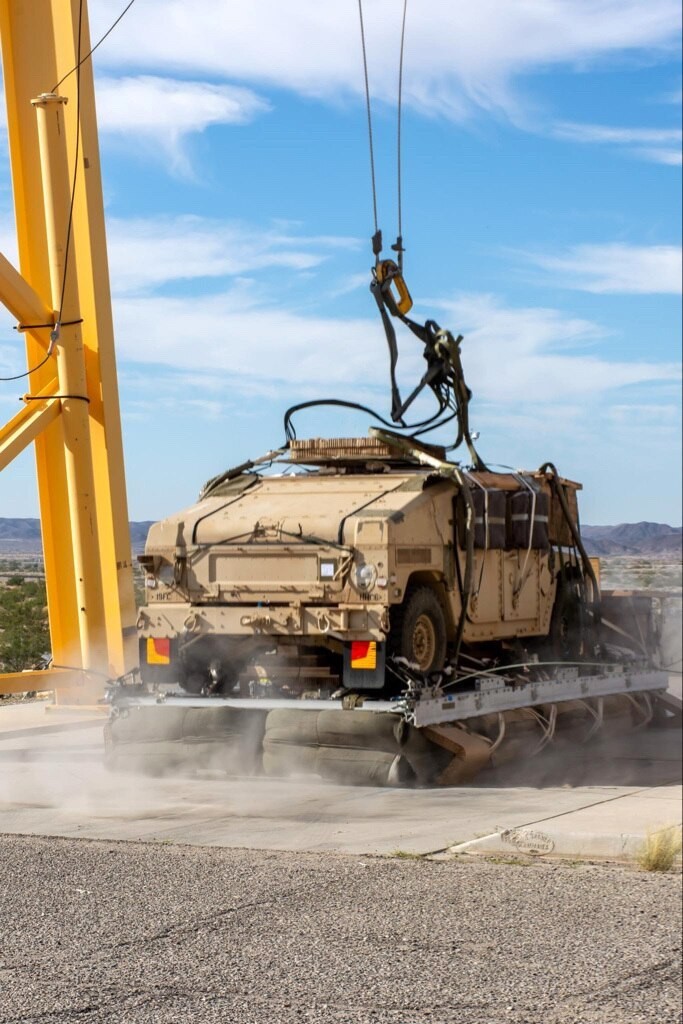The 1st documented use of the M712 Copperhead 155mm shell by the ZSU.
- Unit - SOF
- Location - Kursk
- Target - communication tower (between the Pravda and Martinivka settlements)
- Aiming device - a Leonardo's Type 163 LTD.
- Distance to the target 2256 meter.
- Gun - M777.
1/
- Unit - SOF
- Location - Kursk
- Target - communication tower (between the Pravda and Martinivka settlements)
- Aiming device - a Leonardo's Type 163 LTD.
- Distance to the target 2256 meter.
- Gun - M777.
1/

- The 1st round - direct hit to the target (most antennas were damaged or destroyed)
- The 2nd round - direct hit, the tower was partially leaning
- The 3rd round - missed its target, reason - seeker's malfunction
The M712 is a ShCh round, so it was unable to destroy the tower
2/


- The 2nd round - direct hit, the tower was partially leaning
- The 3rd round - missed its target, reason - seeker's malfunction
The M712 is a ShCh round, so it was unable to destroy the tower
2/



The M777 crew had only three M712 rounds, so after that SOF group returned back.
Conclusion:
- The Type 163 LTD must illuminate the target straight or from down to up, from up to down designation don't recommend - target can reflect laser beam and affect the round seeker
3/
Conclusion:
- The Type 163 LTD must illuminate the target straight or from down to up, from up to down designation don't recommend - target can reflect laser beam and affect the round seeker
3/

- The laser beam of the "Type 163" can be detected by some type of the thermal camera. The night vision goggles can't see it.
- For the target destruction it is better to choose the HE FRAG rounds, ShCh are good against the armored targets.
4/
- For the target destruction it is better to choose the HE FRAG rounds, ShCh are good against the armored targets.
4/

Recommendation:
Consider the possibility of using a LTD (Laser Target Designator) mounted on a UAV, which can ensure high guidance accuracy and ensure the range of its use (requires a technical solution).
5/
Consider the possibility of using a LTD (Laser Target Designator) mounted on a UAV, which can ensure high guidance accuracy and ensure the range of its use (requires a technical solution).
5/
Source the book "СБОРНИК ОБОБЩЕНИЯ БОЕВОГО ОПЫТА
ПОДРАЗДЕЛЕНИЙ ССО ВО ВРЕМЯ КУРСКОЙ
ОРЕРАЦИИ (3 АВГУСТА- 6 СЕНТЯБРЯ 2024 ГОДА)."
via the Russian sources (translated in ruSSian).
6/
ПОДРАЗДЕЛЕНИЙ ССО ВО ВРЕМЯ КУРСКОЙ
ОРЕРАЦИИ (3 АВГУСТА- 6 СЕНТЯБРЯ 2024 ГОДА)."
via the Russian sources (translated in ruSSian).
6/
• • •
Missing some Tweet in this thread? You can try to
force a refresh









































